Highlights
- Task force teams helped evacuate thousands of people to safety
- Ensuring food, water a priority for responders in next 24 hours
- 6,000 kits containing essentials ready for distribution like mats, bed nets, tarps ready for distribution
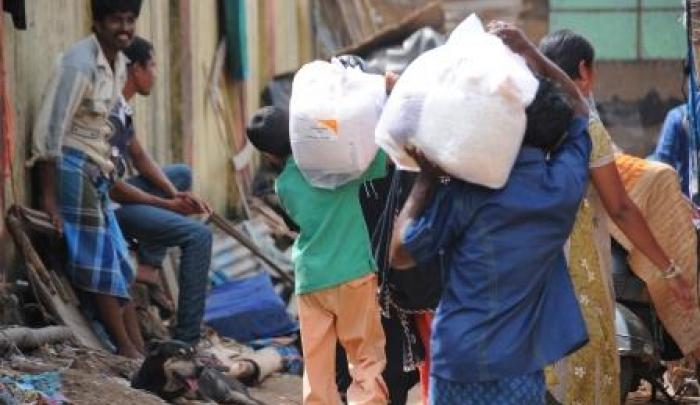
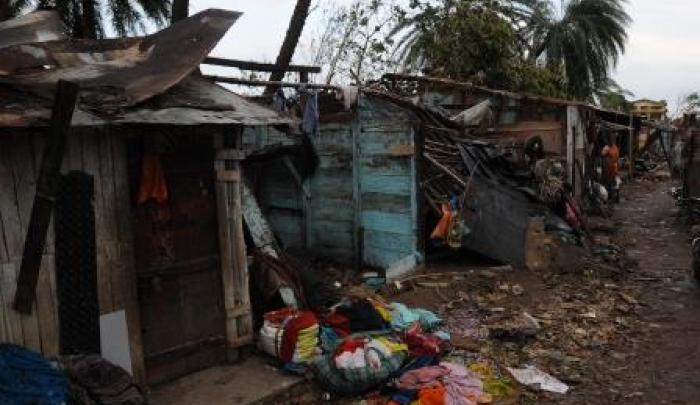
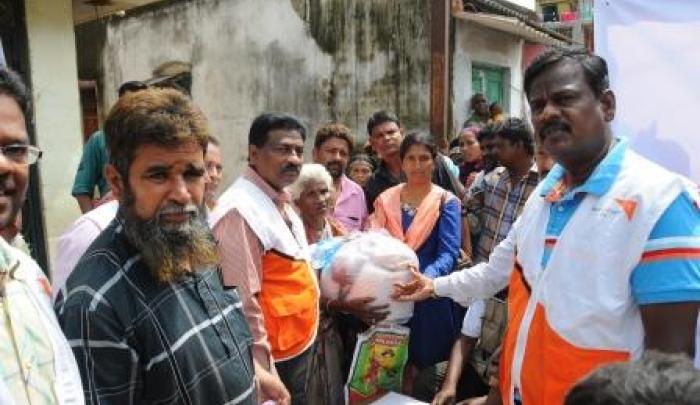
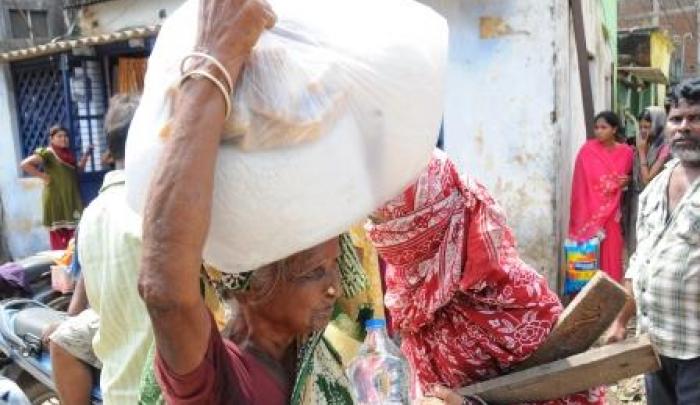
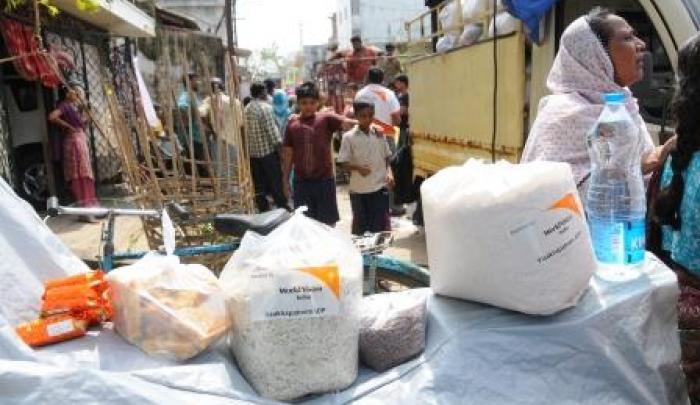
NEW DELHI (October 15, 2013) — Well-coordinated evacuation of more than 873,000 people in Odisha and Andhra Pradesh to safer shelters has kept the death toll caused by cyclone Phailin very minimal, when compared to a similar cyclone in 1999 in the same area. So far 22 people have lost their lives due to the cyclone.
Phailin was the strongest storm in 14 years. Around 9 million people have been affected and crops worth over 2400 crore (approx. $394 million USD) has been completely destroyed. From initial reports, the loss to houses and buildings has been quite huge as well. Around 200,000 houses are damaged in the Ganjam district of Odisha alone.
In Ranpur, a small town in the district of Nayagarh in the eastern Indian state of Odisha, 40 Community Task Force teams worked together to move around 12,000 people to safe areas during Cyclone Phailin, thus saving lives and property. The Community Task Force consists of men, women and youth from within the community who are trained in by World Vision in disaster preparedness including search and rescue, basic first aid and protecting livestock.
Pavithra, 45, from Nathim Village, Ranpur Block, today feels relieved and proud that he could lead more than 400 people from his village to a relief camp before the cyclone struck.
“I am glad that I could do something for my community and be part of the community task force. We monitored closely all the signs and did all needful plans to ensure safety for everyone in the community. We were able to help move people to safer place on time and assist in providing their needs in the relief camps,” Pavithra said.
World Vision community-level training sensitizes the communities on their vulnerabilities, how they can mitigate them, how to respond through preparedness plans, plus actual response actions to save lives. Families with livestock have also been fully trained to protect their livestock from the storm.
“I feel a sense of satisfaction for having done my bit towards bringing awareness about the cyclone and getting people to leave the village and move out to the Mahatapala relief camp,” said 28-year Uma Pradham, who proved herself as one of the little big heroes of this cyclone. She was one of the community task force members who ensured more than 300 people moved to a safer destination during the disaster.
In the many communities of Nirman (Jagatsinghpur District), World Vision provided megaphones, life jackets, torch lights and ropes to the Community Task Force.
“Villagers were able to gather many people and spread the information regarding the cyclone and relief camps by using the sirens. They could inform many people who didn’t know about it and were able to move them to safer places. We are happy how small yet important things and aid like megaphone can do and achieve in such crucial times,” said Dharmender, head of programming for World Vision’s work in the Nirman area.
World Vision also has 6000 kits ready to be transported for distribution in the affected areas. Kits include bed nets, plastic mats, cotton bed sheets, tarpaulin, saree (traditional Indian women’s clothing), dhoti (traditional Indian men’s clothing), cooking utensils, plates and a bucket.
For the next 48 hours, ensuring food and water for those affected will be priority. World Vision, in all the places where it will be responding, will focus on children women and people and children with disabilities.
“World Vision has had the privilege of networking with the local Government in evacuating people in the areas where we work. The Government has been very impressive in its evacuation efforts. The preparation by World Vision’s National Rapid Response Team in India has been very good. We are also very happy with the support and coordination from the community,” said Dr. Jayakumar Christian, head of World Vision’s work in India. “The Government has plans for rehabilitation. It is now time for the civil society and organizations like World Vision to support the Government in this. We will try to focus on livelihood and ensuring that children can go to school,” he added.
— END –
About World Vision:
World Vision is a Christian humanitarian organization conducting relief, development, and advocacy activities in its work with children, families, and their communities in nearly 100 countries to help them reach their full potential by tackling the causes of poverty and injustice. World Vision serves all people regardless of religion, race, ethnicity, or gender. For more information, please visit www.WorldVision.org/media-center/ or on Twitter @WorldVisionUSA.